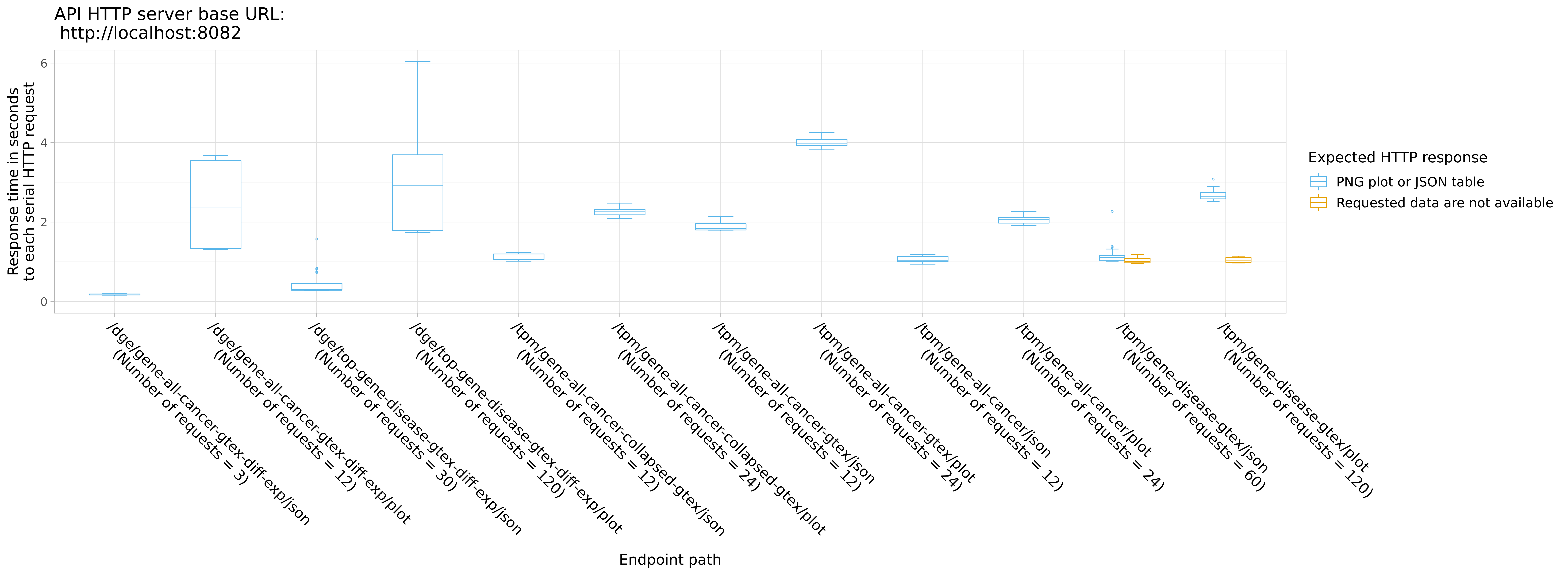Following is an update on this issue:
- I have updated the database using v10 differential gene expression (DGE) data shared by @sangeetashukla.
- I have also fixed some issues in DGE heatmap plotting functions:
- I fixed a database error that is caused by R DBI package in commit https://github.com/PediatricOpenTargets/OpenPedCan-api/pull/63/commits/0cddead6e7e1afd4eba7248b8190fb4e304ff130. The query time also reduced from about 8 seconds to 4 seconds.
- I subsetted top genes to fit in the plot, if the queried EFO ID is mapped to two or more cancer groups, in commit https://github.com/PediatricOpenTargets/OpenPedCan-api/pull/63/commits/bc0853db0111d7eb062bf55acce121435bc21c5b.
I have currently been optimizing the v10 DGE database table. Some top DGE heatmaps take about 20 seconds to generate. I have been looking into the time consuming step and trying new database indexes. The progress is tracked in the v10-dge branch.
Let me know if you have any questions or suggestions.
cc @taylordm @chinwallaa @afarrel

Current differential gene expression (DGE) database table was built using v9 DESeq results, which is incompatible with the TPM database table that was built using v10 TPM data.
The DGE database table needs to be updated using v10 DESeq results to be compatible with the v10 TPM database table, because the TPM boxplots on the sides of the DGE heatmaps are generated using the TPM database table.
cc @taylordm @chinwallaa @afarrel